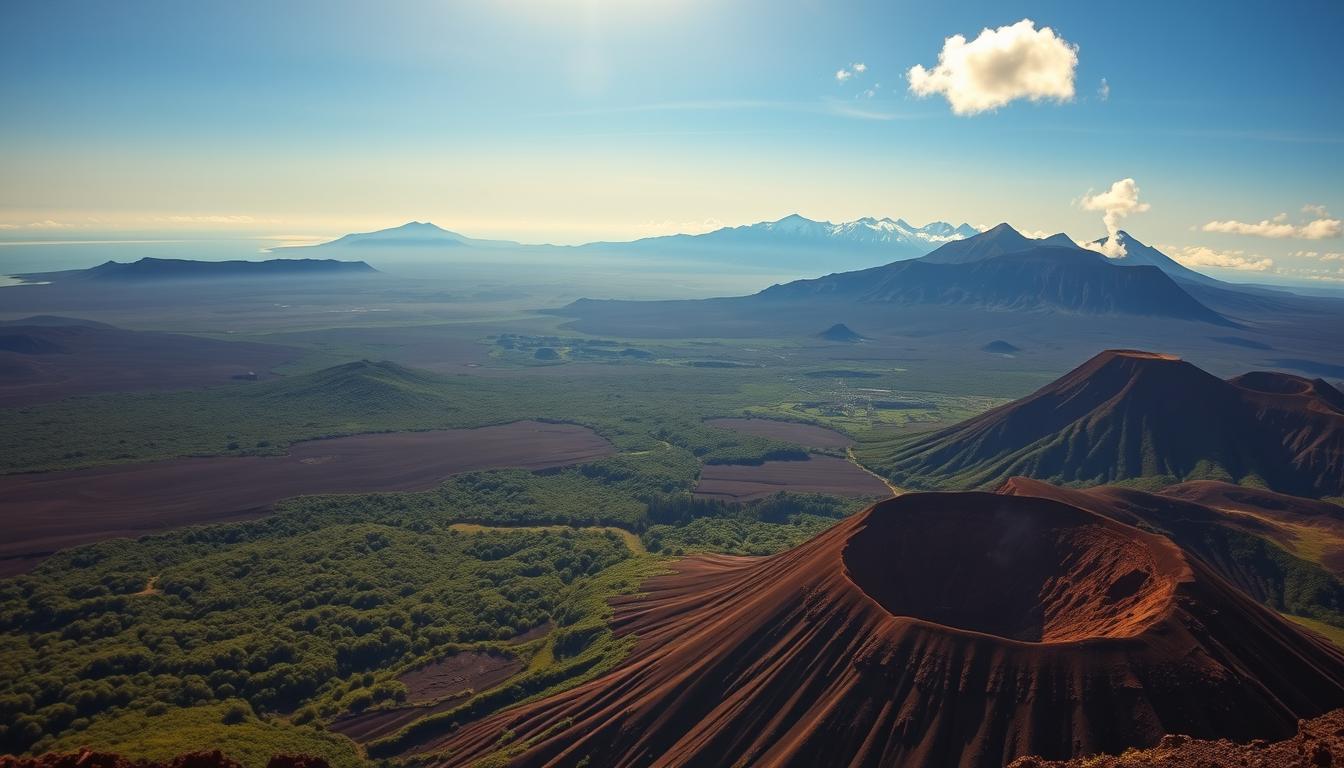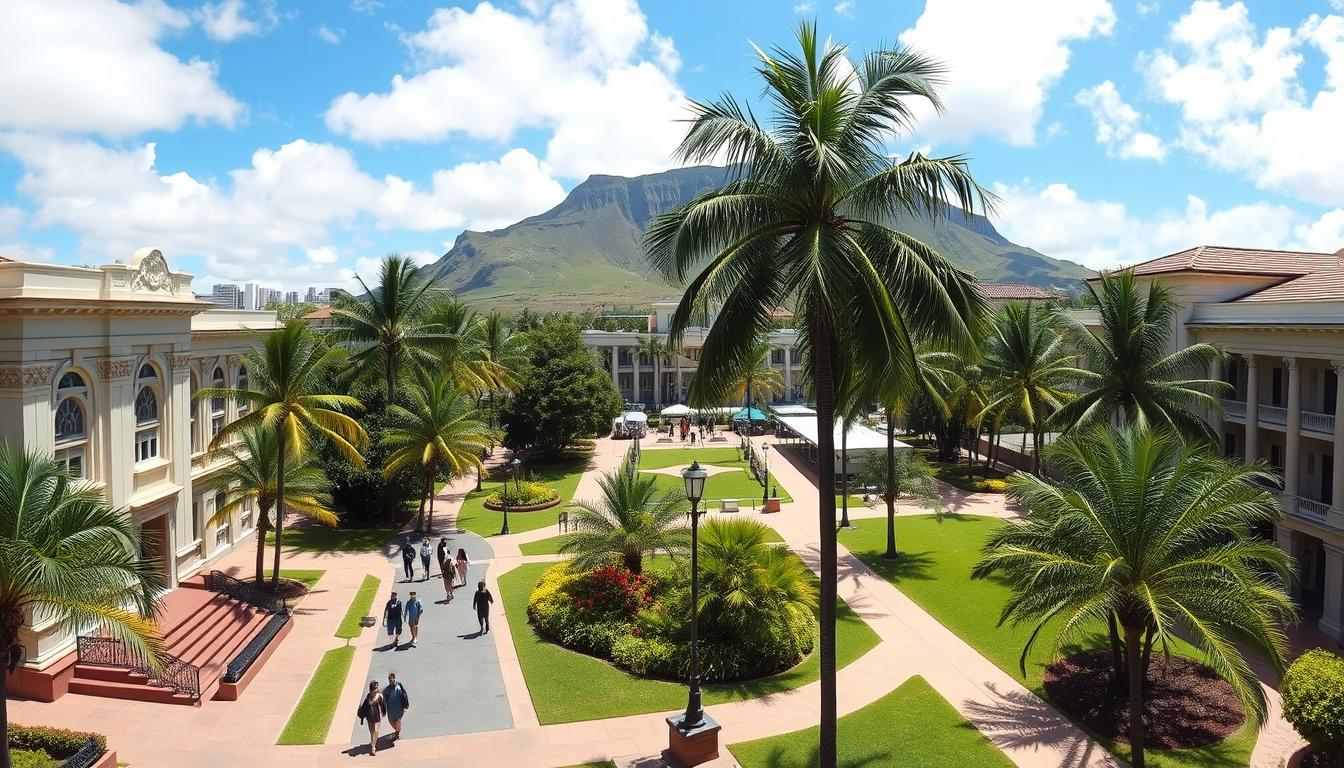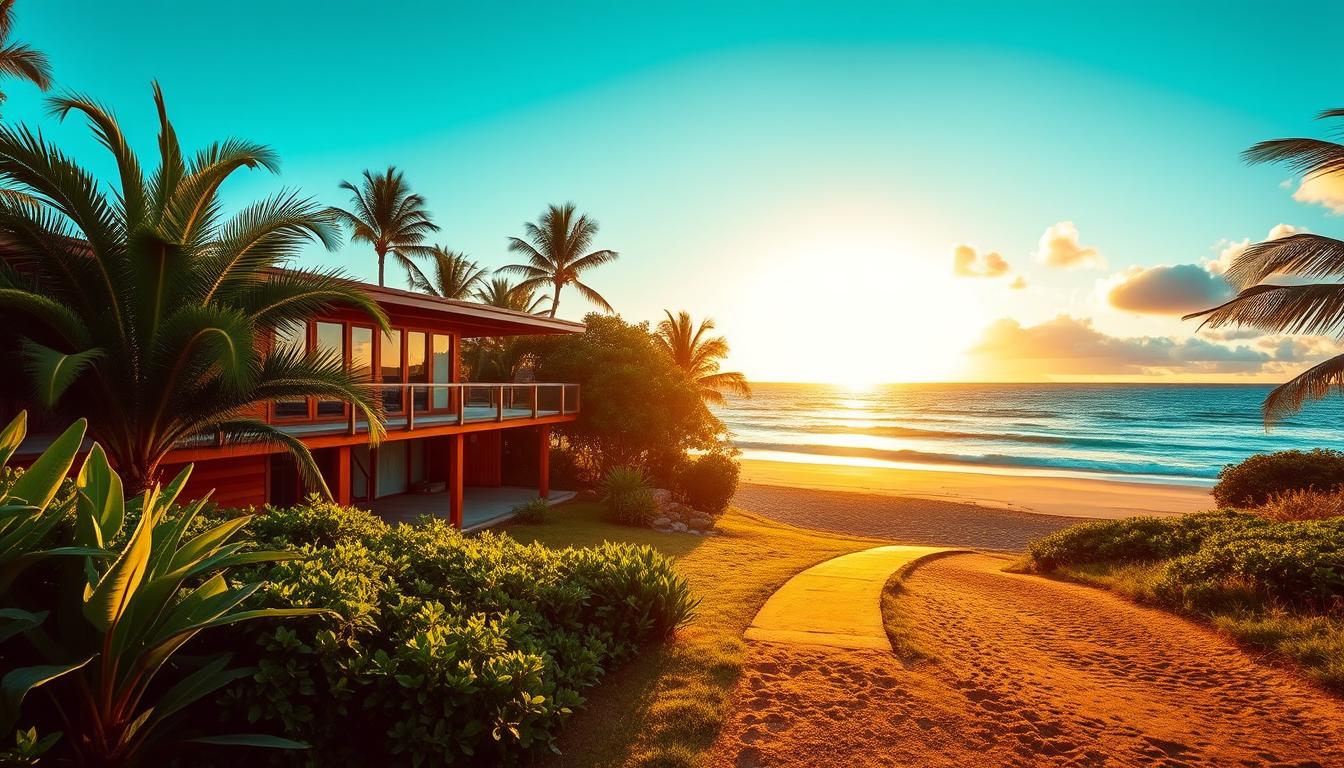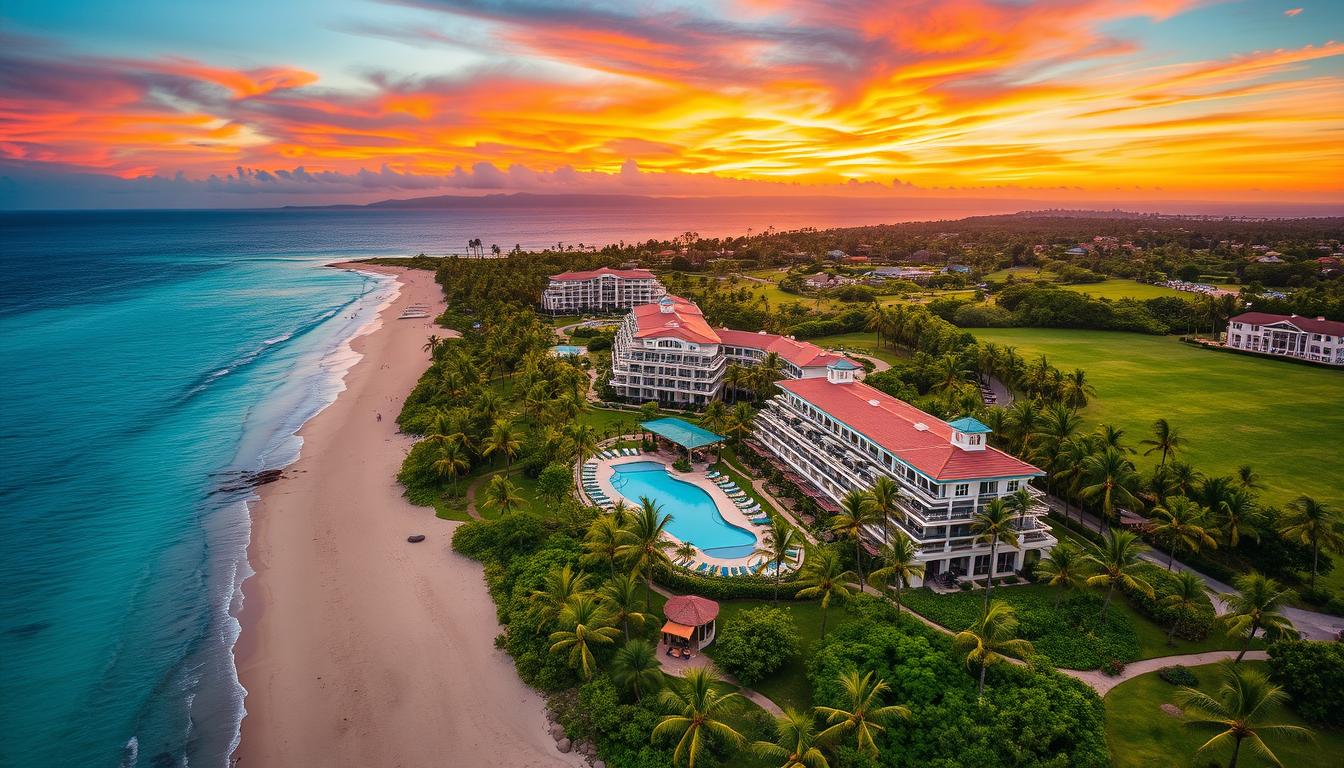Welcome to one of the most unique and awe-inspiring natural wonders in the United States—Hawaii Volcanoes National Park. Established on August 1, 1916, this incredible destination spans 354,461 acres and is home to two of the world’s most active volcanoes: Kīlauea and Mauna Loa. Recognized as both a UNESCO World Heritage Site and an International Biosphere Reserve, the park offers a dramatic interplay of volcanic landscapes and thriving ecosystems.
Here, the forces of nature have crafted a land of contrasts, where lava flows meet the sea and volcanic features continue to evolve. The park’s diverse environments, from the rugged coastline to the slopes of Mauna Loa, provide a glimpse into the dynamic processes that shape our planet. Whether you’re a scientist, a nature enthusiast, or a curious visitor, this park is a treasure trove of natural and cultural history.
This article serves as your comprehensive guide to exploring these volcanic marvels. From the dramatic vistas of the Kīlauea caldera to the serene beauty of the surrounding landscapes, we’ll delve into the wonders that await you in this extraordinary national treasure.
Exploring the Wonders of the hawaii volcanoes national park
Kīlauea and Mauna Loa are the stars of this natural show. Kīlauea has been erupting on and off since 1983, while Mauna Loa, the world’s largest volcano, rises 13,677 feet above the sea level. Together, they create a dynamic landscape that’s both beautiful and dangerous.
Discovering Kīlauea and Mauna Loa
Kīlauea’s recent eruptions, like the 2018 event, remind us of its power. Mauna Loa, though less active, is a giant with a volume of 19,000 cubic miles. Both volcanoes offer unique experiences for visitors and scientists alike.
Understanding Volcanic Landscapes and Eruptions
The park’s landscapes are shaped by constant eruptions. Lava flows create new land, and volcanic craters form over time. Scientists study these processes to better understand our planet’s geology.
Visitor Safety and Best Practices
Visitors must be cautious. The Kīlauea Visitor Center provides safety updates and tips. Staying on marked trails and avoiding toxic gas areas is crucial. Rangers are available to guide and inform visitors.
Exploring these volcanic wonders requires respect for nature’s power. By following guidelines, visitors can enjoy the park’s beauty safely and responsibly.
Visitor Guide: Trails, Viewpoints, and Cultural Heritage
Embark on an unforgettable journey through one of the world’s most unique landscapes. This section serves as your guide to exploring the park’s scenic trails, breathtaking viewpoints, and rich cultural heritage.
Scenic Trails and Must-See Viewpoints
The park offers a variety of trails for all skill levels. The Kīlauea Iki Trail is a 4-mile round-trip hike that takes you through lush rainforests and offers stunning views of the volcanic landscape. For those seeking a shorter adventure, the Devastation Trail is a wheelchair-accessible, half-mile paved path that explores the aftermath of past eruptions.
Crater Rim Drive is another must-experience route, offering panoramic views of the Kīlauea caldera. This 10.6-mile drive is perfect for taking in the dramatic vistas and stopping at various overlooks along the way.
Historic Footprints and Cultural Sites
The park is also home to significant cultural sites. The Puʻuloa Petroglyphs field, with over 23,000 ancient carvings, offers a glimpse into the history of Native Hawaiian culture. These petroglyphs, created between 1200 and 1450 A.D., are a testament to the spiritual and artistic traditions of the region.
Visitors can explore traditional Hawaiian footpaths and learn about the historical significance of these areas through interpretive signs and ranger programs. The Volcano House, a historic hotel, provides additional insight into the cultural and natural history of the area.
Remember to stay safe by following trail guidelines and visiting the Kīlauea Visitor Center for up-to-date information. Enjoy your exploration of this unique and inspiring destination!
Planning Your Adventure: Practical Tips and Logistics

Before you embark on your journey, it’s essential to plan carefully. This section provides you with the necessary details to ensure a smooth and enjoyable experience.
Park Hours, Directions, and Entrance Details
The park is open daily from 7:00 AM to 7:00 PM. Visitors can enter through the Kīlauea Visitor Center. Driving directions from Honolulu are straightforward, with the journey taking approximately 2 hours via Highway 11. Look for key mile markers to guide your way.
Climate, Weather, and What to Pack
The climate varies significantly from the humid coastlines to the chilly Mauna Loa summits. Pack layers, including warm clothing for high elevations, and don’t forget sunscreen and a rain jacket.
Local Visitor Center Insights
The Kīlauea Visitor Center offers guided tours and safety briefings. Rangers provide valuable insights, helping you navigate the park’s extensive road network, including the scenic Chain of Craters Road.
- Plan your visit during optimal hours to avoid crowds.
- Check weather conditions before heading out.
- Utilize the Kahuku Unit for additional information and unique experiences.
With proper planning, you can maximize your adventure’s safety and comfort, ensuring an unforgettable experience in this volcanic wonderland.
Journey’s End: Reflections on Your Volcanic Adventure
As you conclude your journey through the ever-changing landscapes of this unique destination, take a moment to reflect on the unforgettable experiences. The recent eruptions, such as the December 2020 event, remind us of nature’s dynamic power, while the subsequent natural regeneration highlights the land’s resilience.
The park’s diverse trails, from the challenging hikes to the serene viewpoints, offer both personal and scientific insights. Cultural encounters, including visits to the Volcano House and the Kahuku Unit, deepen your connection to the area’s rich heritage. The emotional impact of traversing such an active natural wonder leaves a lasting impression.
With over 1.5 million annual visitors, the park continues to inspire. The Kīlauea Visitor Center remains a vital resource for updates and insights. As you leave, consider the evolving landscape and the memories forged. The interplay of volcanic marvels and cultural history ensures that each visit is a new adventure, inviting you to return and explore further.
FAQ
What are the safest ways to explore volcanic landscapes?
Can I visit Mauna Loa or Kīlauea during an eruption?
How do I prepare for high-altitude hikes on Mauna Loa?
Are there guided tours available in the park?
Can I access the park at night?
How long does it take to drive the Crater Rim Drive?
Are there facilities for visitors with disabilities?
Can I bring my drone to capture aerial views?
What should I do in case of an emergency?

Scott Sweeney is the creator of Virtual Hawaii 360. Scott is a professional marketer and a lifelong Hawaii enthusiast. Scott splits time between Oahu and Dayton, Ohio. In addition to his marketing endevours, he is also a published Ukulele musician.





